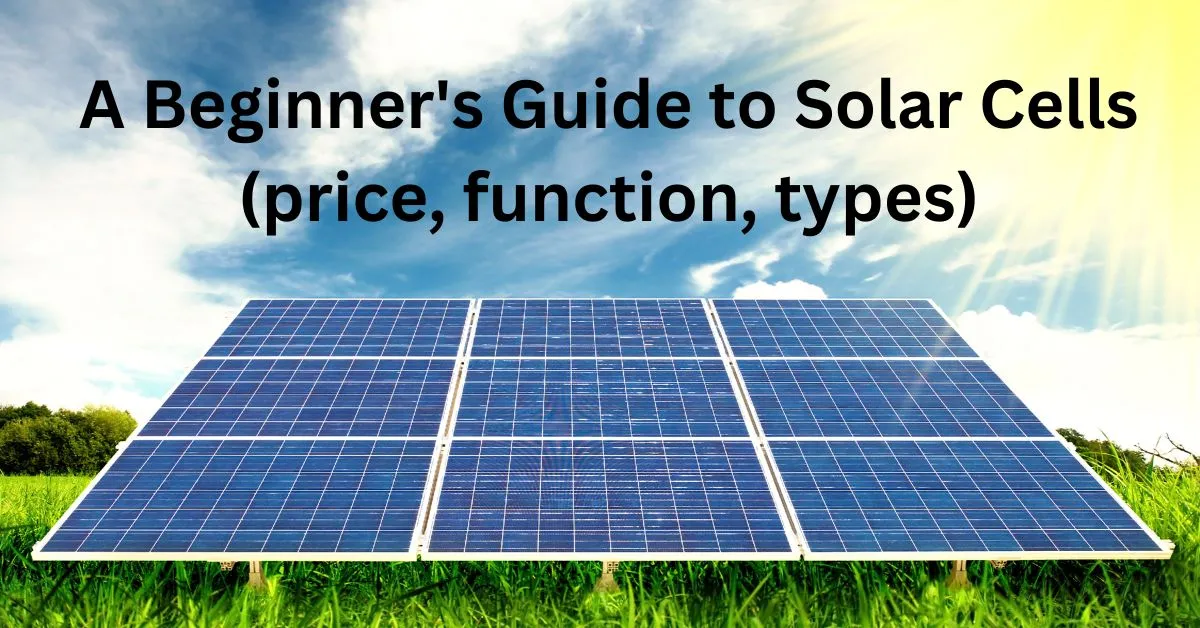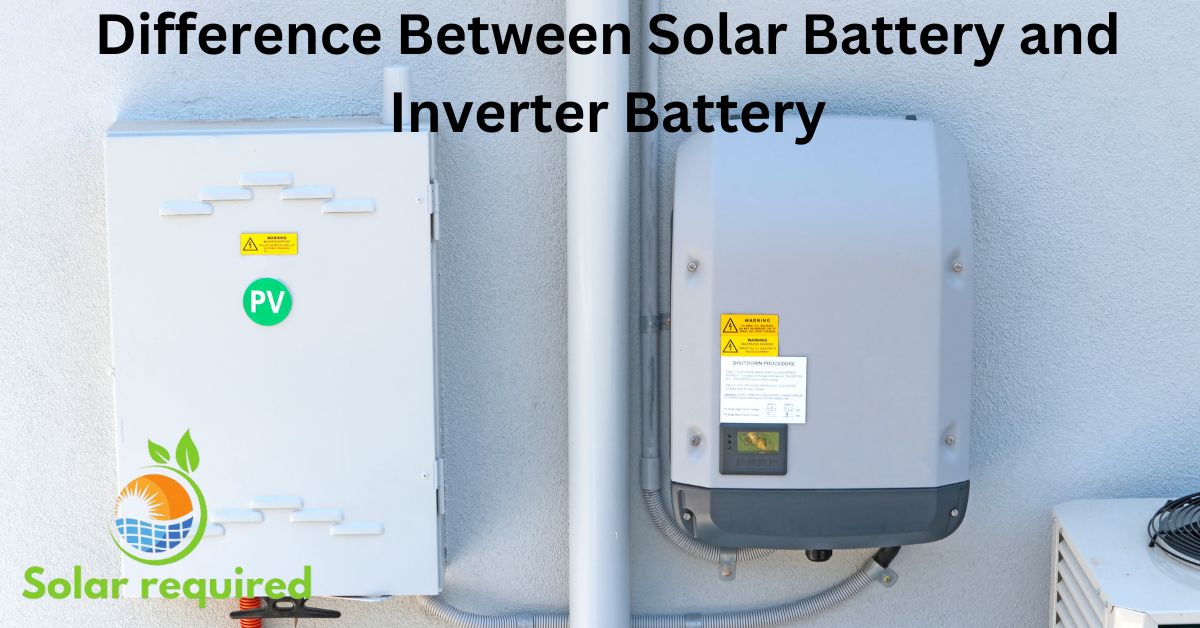## What are solar cells?
Solar cells, also known as photovoltaic cells are essential components of solar panels. They are devices that convert sunlight into electricity through the photovoltaic effect. This happens when photons from the sun’s rays strike the solar cell.
They excite the electrons within the cell and create an electric current. Different materials make up solar cells with silicon being the most used. They are arranged in a grid on solar panels. This lets them make electricity well.
Solar cells are made of
Scientists use semiconducting materials to construct solar cells. Silicon is the most widely used material in solar cells. There are two types of silicon: polycrystalline and monocrystalline. Monocrystalline solar cells have a single-crystal structure. They are more costly but also more efficient. Polycrystalline solar cells are cheaper.
But, they are somewhat less efficient. Many silicon crystals make them this way. Other substances offer clear benefits for cost and efficiency. Examples include copper indium gallium selenide and cadmium telluride. They are also used to make solar cells.
Solar cells function
The photovoltaic effect is the basic principle behind solar cell technology. When sunlight strikes the electrons in the cell it creates an electric current. Batteries can store this current for later use or use it to power various electrical devices. Designers maximize solar cells’ exposure to sunlight.

They also ensure the cells absorb as much light as possible. Their efficiency varies. It depends on the type of cell and the quality of the materials. Efficiency is the amount of sunlight they convert to energy.
Types of solar cells
Several types of solar cells are available. Each type has its pros and cons. The most popular options include thin-film, multi-junction polycrystalline, and monocrystalline solar cells.
Monocrystalline solar cells have a sleek design. They also have excellent performance. This makes them a popular choice for both homes and businesses. They are less efficient. But, polycrystalline solar cells are more affordable.
Thin-film solar cells are lightweight and compact. They are ideal for situations where space and weight are critical. Multi-junction solar cells are the most efficient. They are usually used in concentrated solar power systems. In the end, the best solar cell for you depends on many factors. These include efficiency, space and budget.

Solar cell efficiency
The efficiency of the solar cells is an important consideration when selecting solar cells. It speaks to the quantity of sunshine that a solar cell can absorb and use to generate power. Converting more sunlight results in higher efficiency. This increases the power produced. Solar cells can be 15% to over 20% efficient.
Monocrystalline cells often have the highest percentages. It’s crucial to remember though that increased efficiency frequently has a larger cost. You must weigh cost and efficiency while choosing solar cells. Consider the budget and unique energy needs.
Factors to consider when choosing solar panel
There are several things to take into account when selecting solar panels to make sure they meet your demands. First, it’s critical to test your energy needs and calculate the required solar panel system size.
You should also consider a budget and the available space. To ensure long-term performance one should also assess the cells’ dependability and quality. The solar cells must resist many conditions. So we need to consider their warranty and durability.
Finally, experts recommend speaking with a qualified solar installer. They can check your needs and tell you about the best solar cells.
Installing solar cells
Installing solar cells requires careful planning and consideration. It is crucial to consult with a professional solar installer to assess the feasibility and design of the solar panel system. The installation process has three steps. First you secure the solar panels to a roof or ground-mounted structure. Then you connect the panels to an inverter.
The inverter changes the DC electricity made by the cells into usable AC electricity. Last you link the system to the electrical grid or a battery storage system. You can store solar energy in different ways. Proper installation ensures top performance and safety. So, hire a certified installer with experience in solar panels.
Common misconceptions about solar cells
It is important to correct certain prevalent misunderstandings about solar cells. One myth is that solar energy systems are only effective in sunny regions. Even though they work best in locations with lots of sunshine solar cells may still produce power in gloomy or cloudy weather. The idea that solar cells are pricey and ineffective is another fallacy.
Throughout their lifetime, solar cells can save a large amount of power even if the initial cost may be larger. Furthermore, some people believe that maintaining solar cells is necessary. Solar cells need very little maintenance.
But, you must clean and inspect them often for them to work well. When thinking about solar cells you must educate yourself. You must tell reality from fiction.


